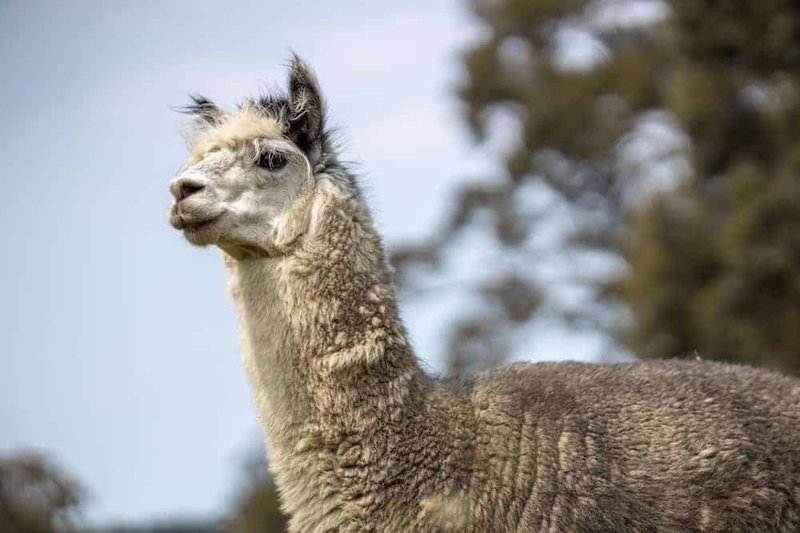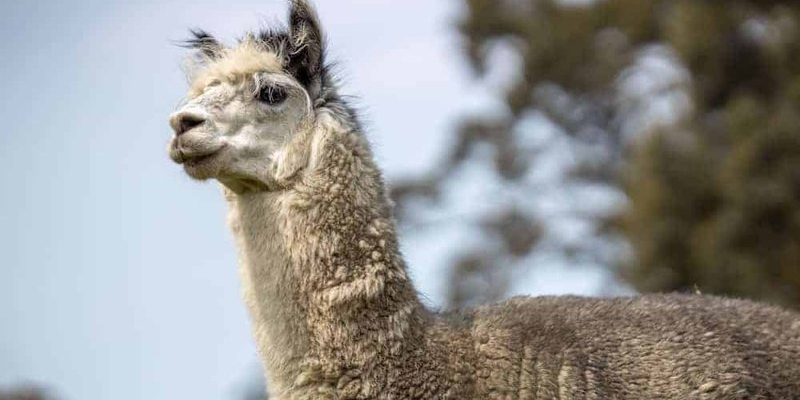
Understanding common llama health issues is crucial for anyone who owns or cares for these animals. Imagine you’re a llama parent. You want to ensure that your furry friend is happy, healthy, and thriving. So, what are the most common health problems llamas encounter? And how can you best support them? Let’s dive into this topic, discussing common ailments and offering practical veterinary tips to keep your llama in tip-top shape.
Understanding Llama Digestive Health
One of the most critical aspects of a llama’s health is its digestive system. Llamas are ruminants, meaning they have a specialized stomach that allows them to break down plant material efficiently. But this unique digestive setup can lead to specific health issues. One common problem is bloat, which occurs when the stomach fills with gas. It can be painful and, if not treated, might lead to serious complications.
Signs of bloat can include an enlarged stomach, discomfort when touched, and a lack of appetite. If you notice these symptoms, it’s essential to consult a veterinarian immediately. In many cases, dietary management can prevent bloat. Here are a few tips:
- Provide a high-fiber diet. Llamas thrive on hay and grasses. Avoid feeding them too much grain.
- Make sure they always have access to fresh water. Hydration is key for digestion.
- Introduce new foods gradually to prevent shock to their digestive system.
Respiratory Issues in Llamas
Respiratory health is another area to watch. Llamas can develop respiratory infections or conditions such as pneumonia. This is especially common in environments with poor ventilation or damp bedding. You might be wondering how to spot respiratory issues. Look for:
- Coughing or difficulty breathing.
- Excessive nasal discharge.
- Rapid breathing or lethargy.
If you notice any of these signs, it’s time to contact your veterinarian. To keep your llama’s lungs clear, ensure they have a clean living area and access to fresh air. Regular health check-ups can help catch potential issues before they become serious.
Skin Conditions That Affect Llamas
Llamas can also experience various skin conditions. One common problem is mange, which is caused by mites. Symptoms include itching, hair loss, and skin irritation. If you spot any of these signs, a trip to the vet is essential for diagnosis and treatment.
Prevention is key when it comes to skin issues. Regular grooming not only keeps their coat looking great but also allows you to check for any abnormalities. Here are a few tips for maintaining your llama’s skin health:
- Brush their coat regularly to remove dirt and loose hair.
- Keep their living area clean and dry.
- Monitor for any signs of irritation or parasites.
Foot Problems in Llamas
Just like humans, llamas can have foot issues too. A common problem is lameness, which can stem from various causes, such as injury, overgrown toenails, or foot rot. A lamer llama may limping, so pay attention to their walking patterns and any signs of discomfort.
Regular foot care is essential. Here are some veterinary tips:
- Trim their toenails every few months to prevent overgrowth.
- Check their feet regularly for signs of cracks or rot.
- If you notice any swelling or pain, consult a veterinarian quickly.
Vaccination and Preventive Care
Preventive care is vital for your llama’s health. Many llama owners may not realize the importance of vaccines in keeping their pets safe. Just like dogs and cats, llamas need vaccinations to protect against diseases like clostridial infections and west Nile virus.
Discuss a vaccination schedule with your veterinarian for the best protection. You might also want to consider regular health check-ups, which can help catch any potential health issues early on. Here are some tips to keep in mind:
- Stay on top of your llama’s vaccination schedule.
- Maintain a record of vaccinations and medical history.
- Ensure they receive proper nutrition to support their immune system.
Nutrition: The Foundation of Llama Health
Lastly, let’s talk about nutrition. The saying “you are what you eat” rings true for llamas, too. A well-balanced diet is crucial for their overall health and well-being. Llamas typically thrive on a diet rich in hay, grass, and pellets designed for ruminants.
Here’s what to keep in mind when feeding your llama:
- Provide plenty of high-fiber hay to support digestion.
- Avoid overfeeding grains or treats, which can lead to obesity and other health issues.
- Monitor their weight to ensure they stay within a healthy range.
Maintaining a proper diet can help prevent many health issues, allowing your llama to live a long, happy life.
Caring for a llama’s health involves regular monitoring, proper nutrition, and preventive care. From digestive issues to skin conditions, being aware of common health problems can help you spot issues before they escalate. Remember, your furry friend depends on you to keep them healthy and happy!
By implementing these veterinary tips and maintaining regular check-ups, you’ll be well on your way to ensuring your llama thrives. So, the next time you see your llama frolicking around, you can rest easy knowing you’re doing everything you can to keep them in great shape!

